1.3 - A practice of analysis in the tonal harmonic discourse from Bach to Wagner ||
A) FORMULAS - 1. Definition of
a formula ::
2. Presentation of
the little catalogue of harmonic vocabulary ::
3. User's guide to
the little catalogue and various instructions ::
4. Examples
illustrating the little catalogue (motifs: 1, 2, 3, 4, 5, 6a, 6b, 7, 8, 9, 10, 11, 12, 13, 14, 15, 16, 17, 18, 19, 20, motifs in combination)
B) SEQUENCES - 1. Definition of a
harmonic sequence :: 2. Classifying
sequences :: 3. Melodic
formulations: characteristic motifs :: 4. The tonal
nature of the harmonic sequence :: 5.The tripartite
structure of the harmonic sequence :: 6. A
modulating sequence or not? :: 7. Diversification
of harmonic content :: 8. The harmonic
sequence as a place of subversion :: 9. Conclusion
4. EXAMPLES ILLUSTRATING THE LITTLE CATALOGUE
Motif no 3

|
Example 108 : J.S. Bach : The Well-Tempered Clavier, vol. I, Fugue no 22, BWV 867 (mm 72-75)

Example 109 : F. Schubert : Symphony no 5, D. 485, Allegro (mm 13-16)

Example 110 : F. Schubert : An die Musik, op. 88, no 4 (mm 17-19)
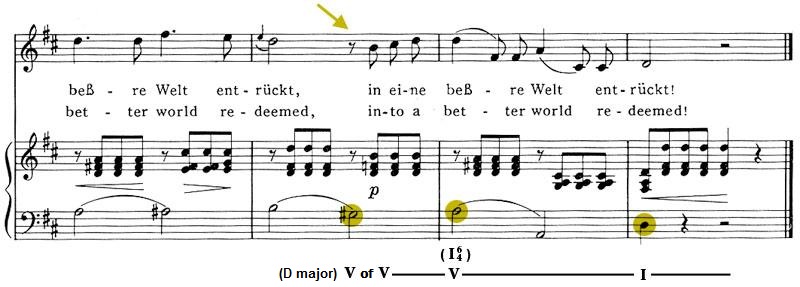
Example 111 : J. Haydn : Trio for violin, cello, and piano in F major, no 23 (mm 5-8)
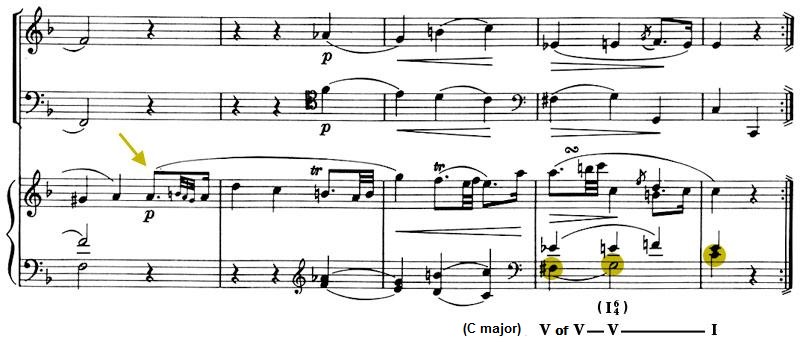
Example 112 : C.W. Gluck : Alceste, Act I, no 2, Moderato (mm 12-15)
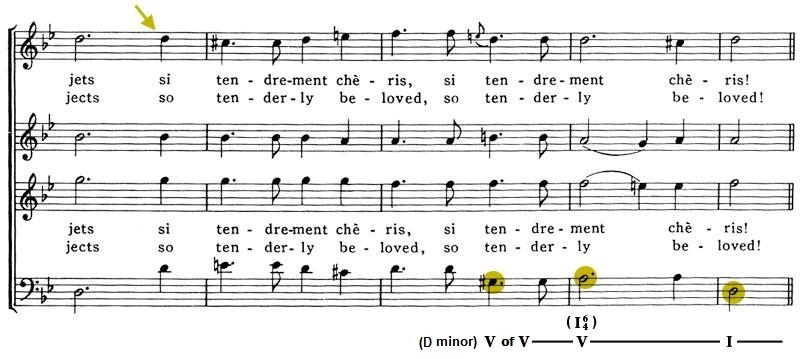
Example 113 : R. Wagner : Das Rheingold, Act I, Scene 4, Langsam
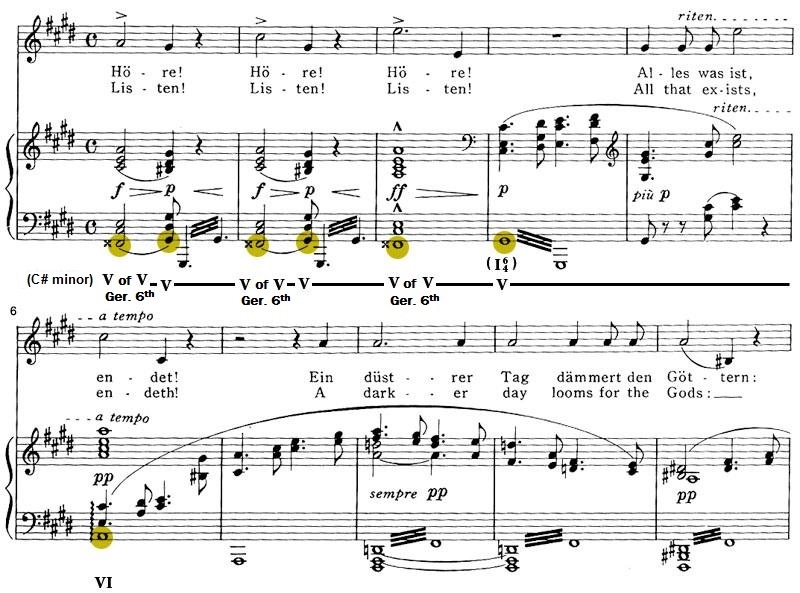
Example 114 : F. Chopin : Waltz, op. 34, no 2, Lento (mm 80-84)

Example 115 : W.A. Mozart : String quartet, K. 421, IV, Allegro ma non troppo (mm 13-16)

Example 116 : J. Brahms : "O wüsst' ich doch den Weg zurück", op. 63, no 8 (mm 1-5)
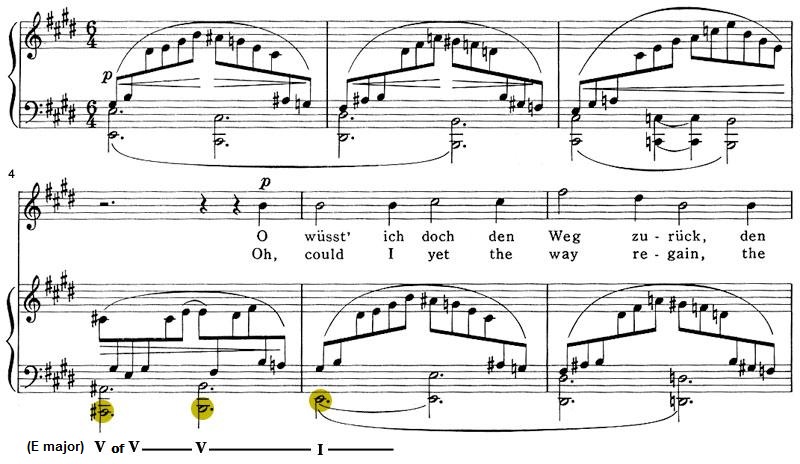
motif no 4 
|
